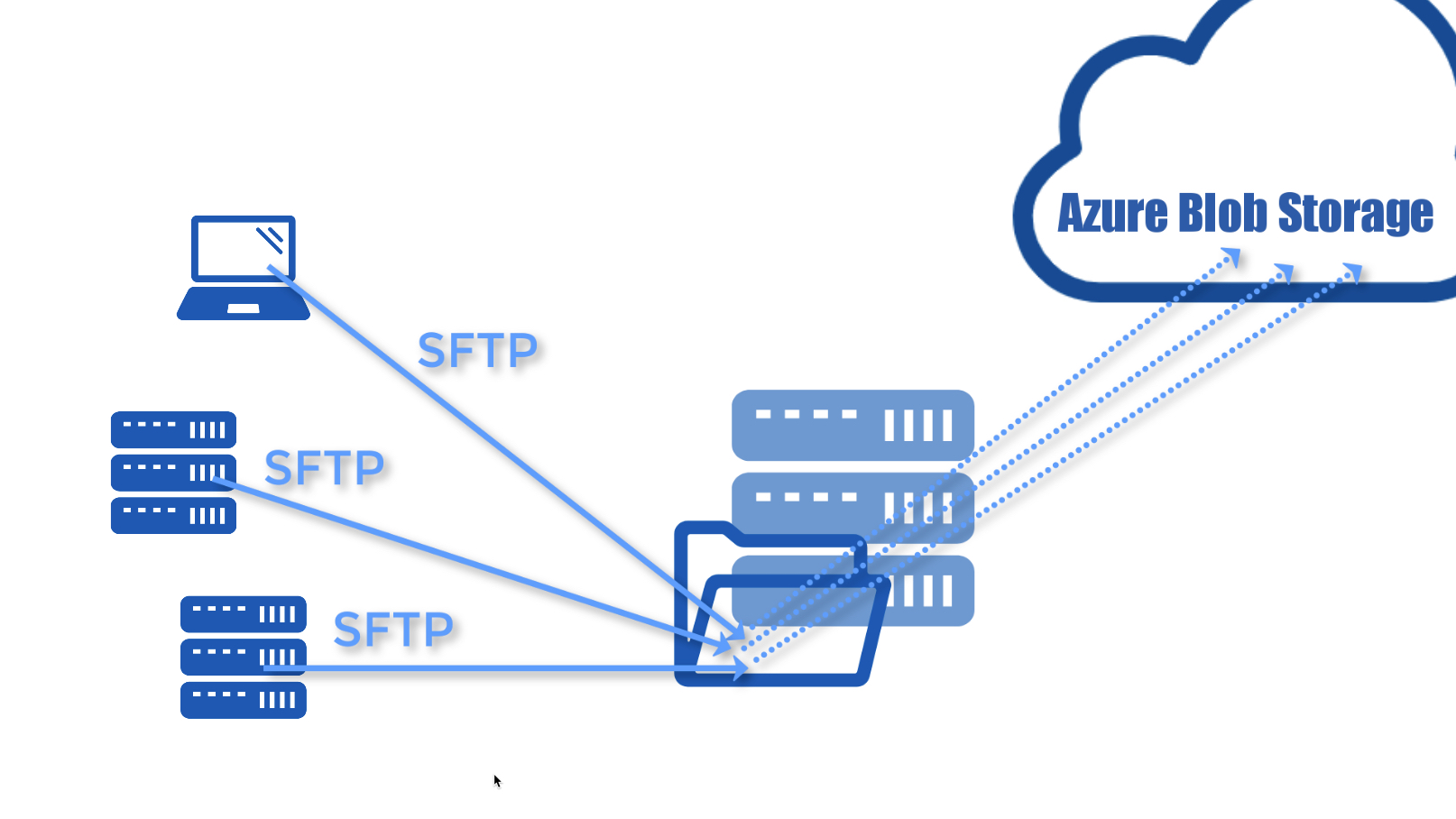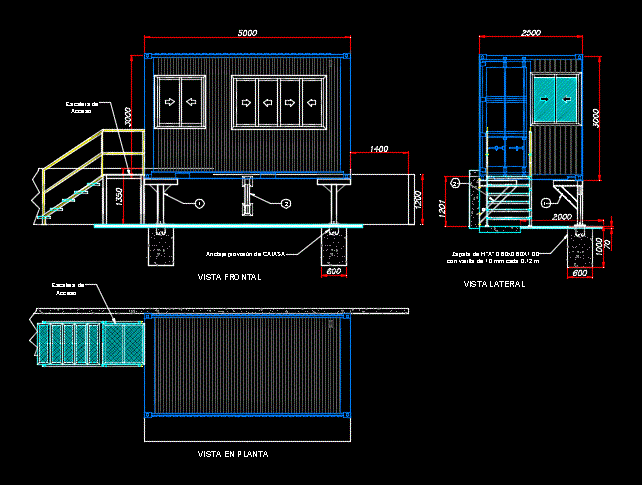
NOTE: Most storage services in Azure have different redundancy levels, such as LRS (local-redundant) or GRS (geo-redundant).This configuration enables multi read/write.


Not native can be configured with Trident as provisioner using CSI I’ve provided a summary in the table below:ĭetermined by account type and size (HDD/SSD) There are differences in the kinds of read/write operations, performance and built-in data protection capabilities Azure storage services support. So, when with respect to storage services, it’s important to understand what options are available for virtual machines in Azure. the core Kubernetes services and orchestration of application workloads. Azure and Storage Support for AKSĪzure Kubernetes Services is essentially a set of virtual machines in Azure, where Microsoft is responsible for the control plane, a.k.a.
File storage in azure how to#
We’ll also explore how to automatically provision storage directly from Kubernetes using the native API.

In this first blog post in our 2-part series on AKS and Storage, I will elaborate a bit on different storage services provided by Azure for AKS, and how they differ in terms of features. If you’re building services on a cloud provider such as Azure, you also have a lot of options in terms of storage: Azure Files, Blob Storage and even third-party services such as Azure NetApp Files. When building Cloud native applications, many often underestimate the requirements in terms of performance of the underlying storage solution. AKS and Storage: How to Design Storage for Cloud Native Applications.


 0 kommentar(er)
0 kommentar(er)
